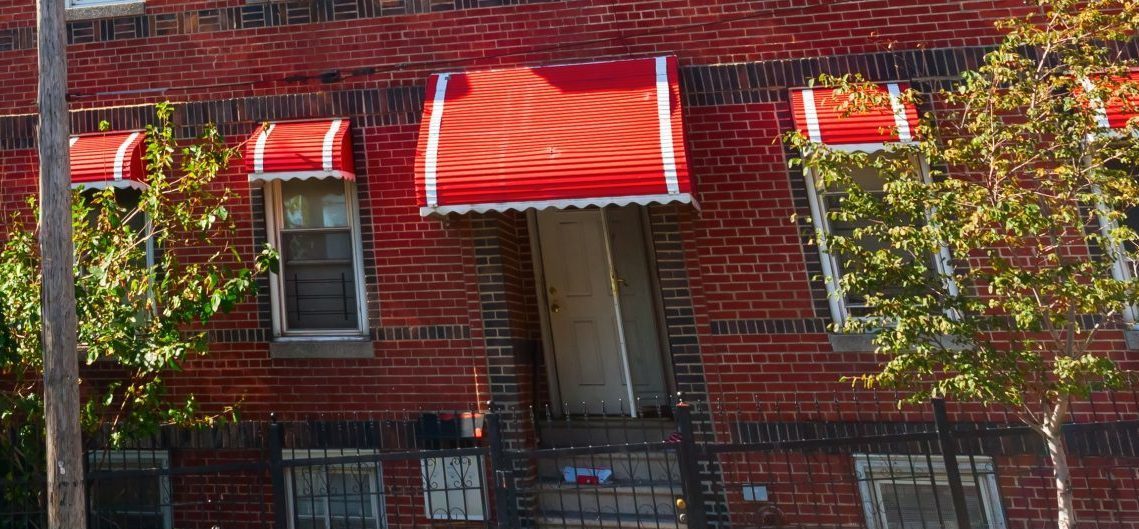The Difference Between a Roommate and a Subtenant
Dec 23, 2018
Tenant Question:
I am the only person on my lease. I live in a 40-unit building. I want to take on a roommate for six months, for the fall school semester. The managing agent of my building insisted on meeting my roommate and having her fill out paperwork before he would issue her a key fob. When she went to the management office, she mentioned to someone who worked there that I might be away for most of the fall semester, while she is living in the apartment. The managing agent then refused to provide my prospective roommate with a key fob, saying that she was not really going to be my roommate, but my subtenant, and because I did not properly ask for permission to sublet, the landlord would not allow the sublet.
I am not going to be gone for the entire fall semester. I will be in and out of New York City and the apartment. The prospective roommate and I signed a one-page roommate agreement, which refers to the occupant as a roommate and just covers things like – we will each clean up after ourselves and we will each keep noise to a minimum. She is only paying half the rent, not all the rent.
Is the landlord violating my rights?
David
TLP Instructor Michelle’s Answer:
David,
The answer turns on whether the prospective occupant will be your roommate or your subtenant. There is a difference.
Under New York Real Property Law § 235(f), often referred to as the “Roommate Law”, a residential lease entered into by one tenant implicitly permits that tenant to share the apartment with either his/her immediate family or unrelated persons. This is true even if a residential lease says otherwise.
Any residential lease entered into by one tenant shall be construed to permit occupancy by:
- the tenant
- immediate family of the tenant
- one additional occupant, and
- dependent children of the occupant
On the other hand, Under New York Real Property Law 226-b, a tenant renting a residence in a building with four or more residential units has a right to sublease the apartment subject to the written consent of the landlord in advance of the subletting. Although the landlord is prohibited from unreasonably withholding consent, the devil is in the details with respect to RPL § 226-b(2). A tenant does indeed have a right to sublet. But it’s a lot of work to exercise that right. There is a very specific procedure that the tenant must follow, which requires a detailed and specific notice, including exhibiting the sublease to the landlord, and which can eat up about a month.
The Tenant Learning Platform plans to develop a class on roommates and sublets in the near future. For now, let us just talk briefly here about how you legally distinguish between a roommate and a subtenant.
The difference between a roommate (permissible under Real Property Law § 235–f without notice to or permission from a landlord) and a subtenant (whose occupancy is subject to the statutory provisions of Real Property Law § 226-b), generally turns on whether tenant contemporaneously occupies the apartment with a tenant. Fairmont Manor v. Verdicchio, August 18, 1995 at 21:3 (App. Term 1st Dept.), Kimmel v. Estate of Ling Kai K’Ung, N.Y.L.J. August 6, 1993 at 21:5 (App. Term 1st Dept. 1993), Glick v. Tafaghodi, N.Y.L.J. March 8, 1993 at 28:2 (App. Term 1st Dept.), 305 East 72nd Street Assocs. v. Menocal, N.Y.L.J. December 29, 1986, at 5:1 (App. Term 1st Dept.).
A sublease is a transfer by a tenant of part of his or her estate or interest in the whole, or in a part, of the leased premises. BLF Realty Holding Corp. v. Kasher, 299 A.D.2d 87, 94 n. 4 (1st Dept. 2002), appeal dismissed, 100 N.Y.2d 535 (2003). The presence of an unrelated individual in an apartment, coupled with the absence of the tenant of record from that apartment can lead to the conclusion that a sublet has occurred. 27 W. 84th St. Tenants Ass’n v. Knight, 11 Misc.3d 129(A)(App. Term 1st Dept. 2006).
It works in your favor that you did not sign a sublease with the prospective occupant, although that alone is not dispositive. If the prospective occupant were paying all the rent, as opposed to half the rent, then we would definitely be looking at a sublet; but you say she is only paying half the rent, so that also works in your favor.
You were not very clear in your question about how much you would be living at the apartment during the six months that the occupant will be there. If you are only going to be there for a few days, then this might be a sublet. If you are going to be there half the time, then this might be a roommate situation.
This is one of those situations that turns on the specific facts.
Thank you for this question. Finally, I am obligated to say that this answer is for general informational purposes only, does not constitute legal advice, and does not create an attorney and client relationship between you and me or between you and the Tenant Learning Platform.
 Tenant Law Podcast
Tenant Law Podcast
